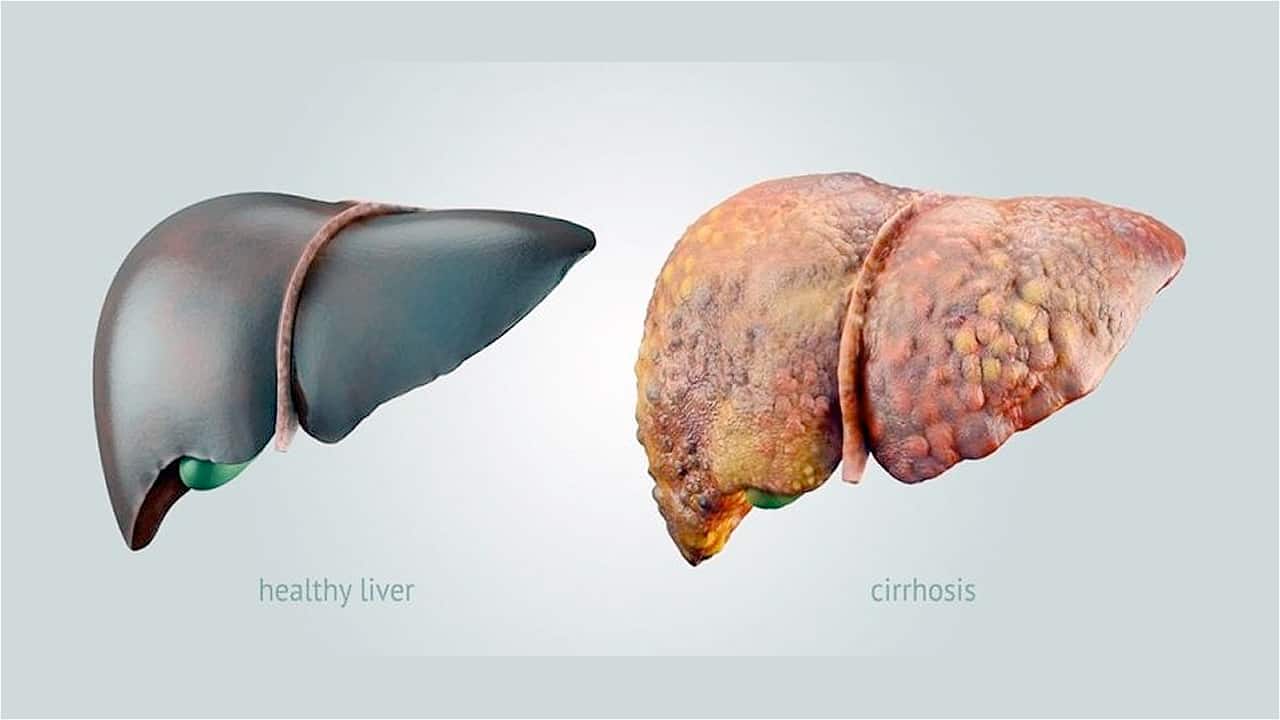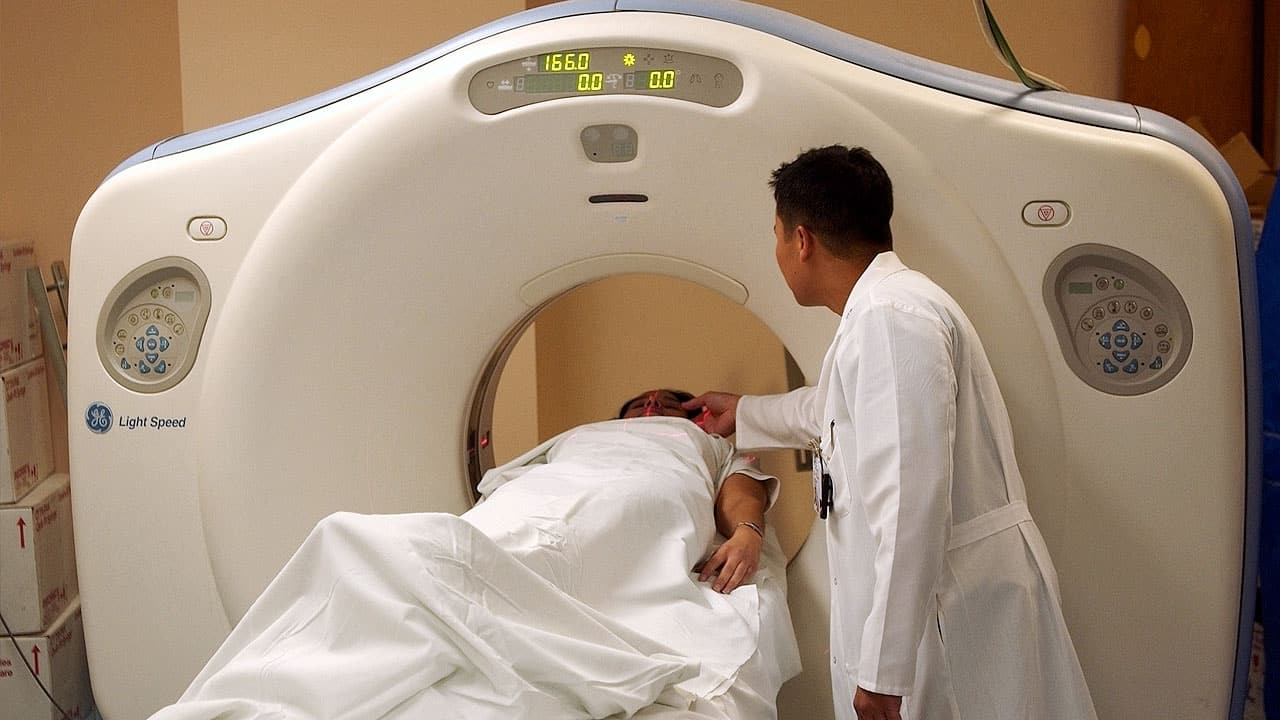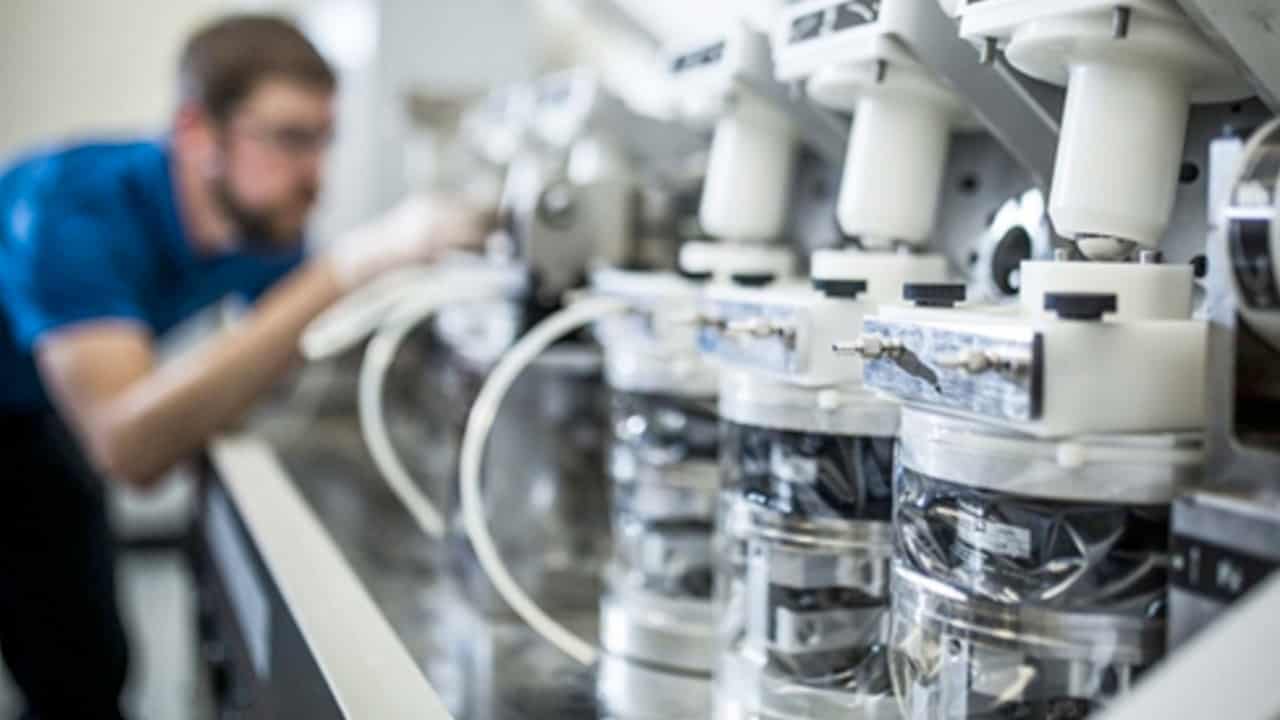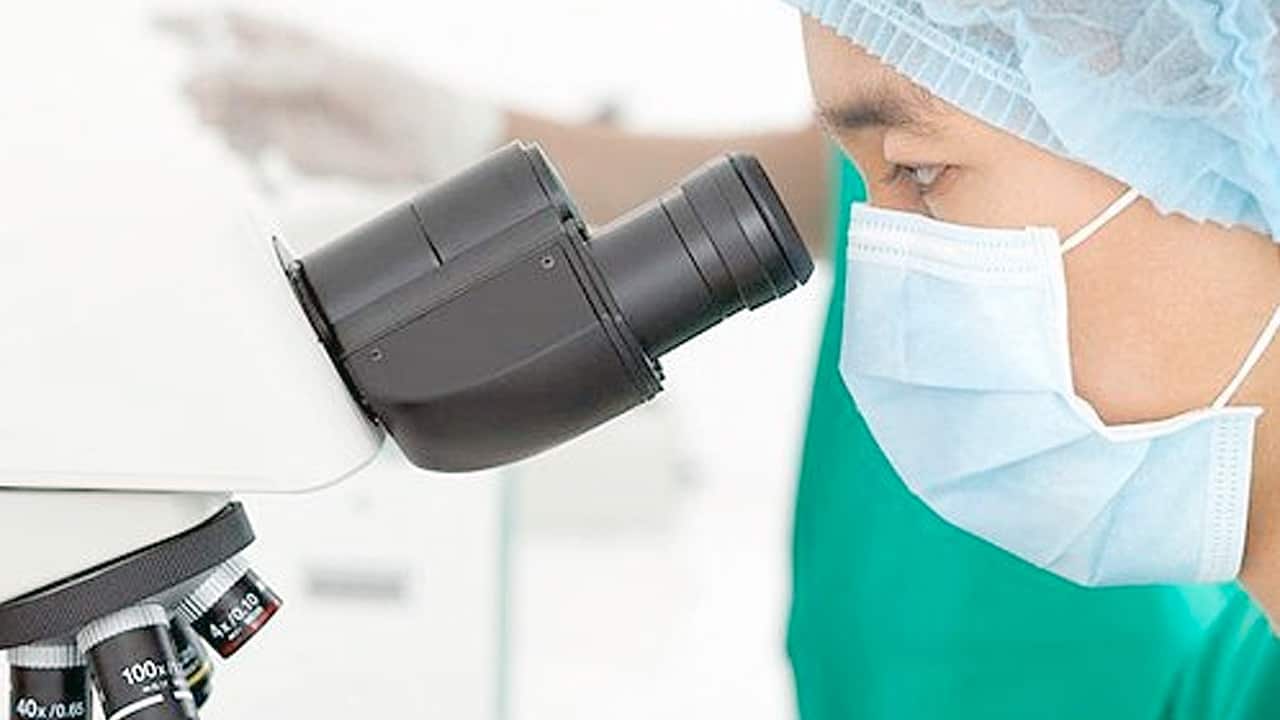Diagnosing Liver Disease
Liver Biopsy
A liver biopsy is a medical procedure used to remove a small piece of liver tissue so doctors can examine the liver’s condition.
Why is a liver biopsy done?
When other tests indicate that your liver may not be working properly, your doctor may want to do a liver biopsy to more accurately learn the condition of your liver.
A liver biopsy is an accurate way to learn the condition of your liver. A liver biopsy helps:
- diagnose liver disease and the stage it is in;
- detect cancer and infections; and
- provide reasons for liver swelling or abnormal levels of liver enzymes.
How do you prepare for a liver biopsy?
Before the biopsy, your doctor will take blood samples to make sure your blood clots properly. You will not be able to eat or drink anything for eight hours before the test.
It is important to tell your doctor:
- all the medications (prescription, non-prescription, supplements) you are taking
- bleeding problems you may have
- allergies you may have
- if you are pregnant
Your doctor also may give you additional instructions regarding your medications.
How is the liver biopsy performed?
A liver biopsy is done at a hospital and can be performed in the following ways:
Traditional
You will be asked to lie on your back with your right hand above your head. After injecting a local anesthetic to numb the area, a doctor will make a small cut in your right side near your rib cage and insert a needle to get a tiny sample of your liver tissue. An ultrasound image of your liver may be used in the process to help guide the needle. You will need to stay very still during the process and will need to hold your breath for five to ten seconds when the needle is being injected. You may feel pressure and a dull pain. The entire procedure lasts about twenty minutes.
Laparoscopic
Your doctor will insert a tube called a laparoscope through a small cut in your abdomen. The laparoscope sends images of your liver to a monitor. Your doctor watches the monitor and uses instruments in the laparoscope to take tiny tissue samples from your liver. The laparoscopic method is used when your doctor needs tissue samples from a specific part of your liver.
Transvenous
Your doctor will insert a tube called a catheter into a vein in your neck and guide it to your liver. The doctor puts a biopsy needle into the catheter and guides into your liver to take tiny tissue samples. The transvenous method is used if you have blood clotting problems or have fluid in your abdomen.
What happens after the liver biopsy is done?
After the biopsy, a bandage will be put over the cut and you will need to lie on your right side for a few hours. Afterwards, you will receive directions about limiting physical activity. You may be sore in the area of the biopsy and in your right shoulder. The pain usually goes away in a few hours or days. Your doctor also may provide other instructions after the biopsy.
What are the risks of a liver biopsy?
Liver biopsy does have some risks but they are not common. Risks include internal bleeding, injury to the lung, gallbladder or kidney, and infection.
Questions to Ask Your Doctor
- What is the size of the section of liver that is removed?
- How long will I be in the hospital for this procedure – is in this an outpatient or inpatient procedure?
- What kind of biopsy will this be? (abdominal or trans-jugular)
- How conclusive is a liver biopsy?
- How long does the procedure take?
- How effective are the results?
- What is the recuperation time?
- What are the risks involved with this procedure?
- What are the chances of bleeding out?
- Are there medications I should stop taking prior to the procedure?
- Will someone need to accompany me home after the procedure?
Liver Function Tests
Liver function tests help your doctor check your liver’s health and detect liver damage. These blood tests measure the levels of certain proteins and enzymes in your blood. Proteins are large molecules that are needed for your overall health. Enzymes are cellular proteins that help important chemical reactions to occur in your body.
Why are liver function tests done?
Liver function tests may be done for many reasons. Some doctors perform these tests as part of a regular checkup. Other doctors may use liver function tests to screen patients who are at risk for liver disease. Doctors also use them to monitor a person’s liver disease and to check if treatment is working.
What are the commonly used liver function tests?
Liver Enzyme Tests
- Alanine Transaminase (ALT) is an enzyme mainly found in your liver. The ALT test measures the level of ALT in your blood. Consistently high levels of ALT in your blood can be a sign of liver damage.
- Aspartate Transaminase (AST) is an enzyme found in large amounts in your liver and other parts of your body. The AST test measures the level of AST in your blood. High levels of AST can be a sign of liver damage.
- Alkaline Phosphatase (ALP) is an enzyme found in large amounts in your liver, bile ducts, and other parts of your body. The ALP test measures the level of ALP in your blood. High levels of ALP can be a sign of liver or bile duct damage.
- Gamma-glutamyl transpeptidase (GGT) is an enzyme found in large amounts in your liver, bile ducts, and pancreas. The GGT test measures the level of GGT in your blood. High levels of GGT can be a sign of liver or bile duct damage.
Liver Protein Tests
- Total Protein measures the amount of protein in your blood. The two main proteins found in the blood are globulins and albumin.
- Globulin is a protein made in your liver and helps the immune system fight infections. Low globulin levels can be a sign of liver damage or other conditions.
- Albumin is another protein made in your liver. An albumin test measures how well your liver is making the proteins that your body needs. Low albumin levels can be a sign of liver damage.
- Prothrombin is a protein made in your liver and helps with clotting blood. A prothrombin time test measures how much time it takes for your blood to clot. A high prothrombin time can be a sign of liver damage.
Bilirubin Tests
Bilirubin is a yellow fluid made in your body when red blood cells break down. A bilirubin test measures the level of bilirubin in your blood. If your liver is damaged, bilirubin can leak out of your liver into your blood and can cause jaundice (yellowing of skin and eyes). It also can come out in the urine making it look very dark.
Questions to Ask Your Doctor
- How often is a liver function test done or need to be done?
- How effective is a liver function test?
- Do I need to fast prior to my test?
- How can I interpret what a liver function test tells me?
- Can a specific liver disease be diagnosed with this test?
- Can a liver function test tell me to what degree my liver has been impacted?
Common Imaging Tests
Your doctor may order tests that take images, or pictures, of your liver to help make the diagnosis of liver disease. Different types of images can be obtained by using various types of equipment, including:

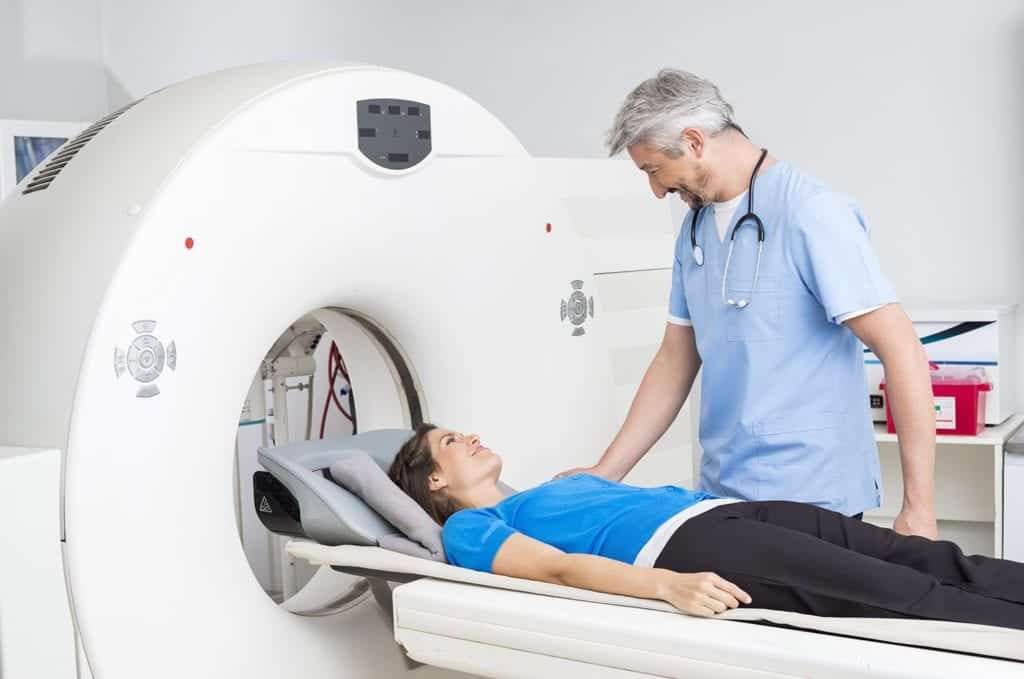

These tests cannot show inflammation or fibrosis, so your doctor can’t use them to determine whether you have simple fatty liver (newly renamed to steatotic liver disease) or NASH, now called metabolic dysfunction associated steatohepatitis or MASH. However, there are other types of imaging tests that are used to measure fibrosis by measuring the stiffness of your liver. Liver stiffness indicates scarring; the more scarring that is present the stiffer your liver is. The following tests can help your doctor determine if, and to what extent, you have fibrosis of the liver.
Transient elastography
This test measures liver stiffness with a special ultrasound machine, the most common being FibroScan. Like a regular ultrasound, the exam is painless and non-invasive.
Magnetic resonance elastography (MRE)
This is a newer, noninvasive test that combines features of ultrasound and MRI imaging to create a visual map showing gradients of stiffness throughout the liver. MRE has been shown to be a more reliable measure of liver stiffness in severely obese patients.
Video Library
Last updated on January 12th, 2024 at 03:38 pm
